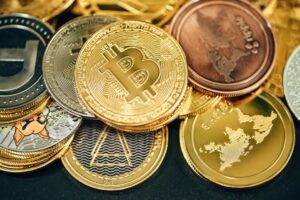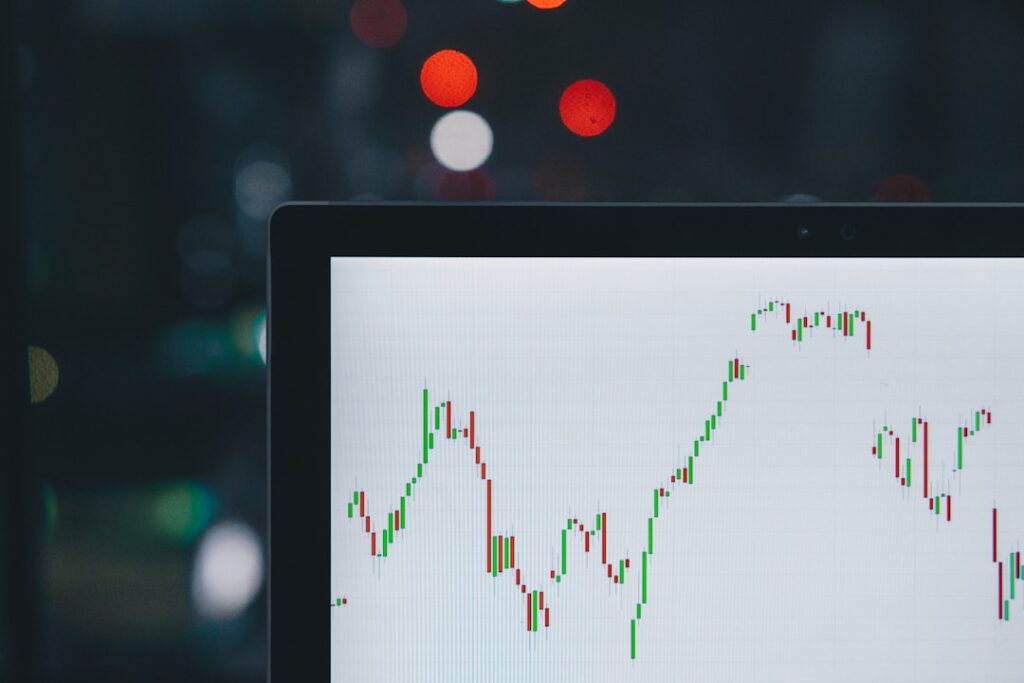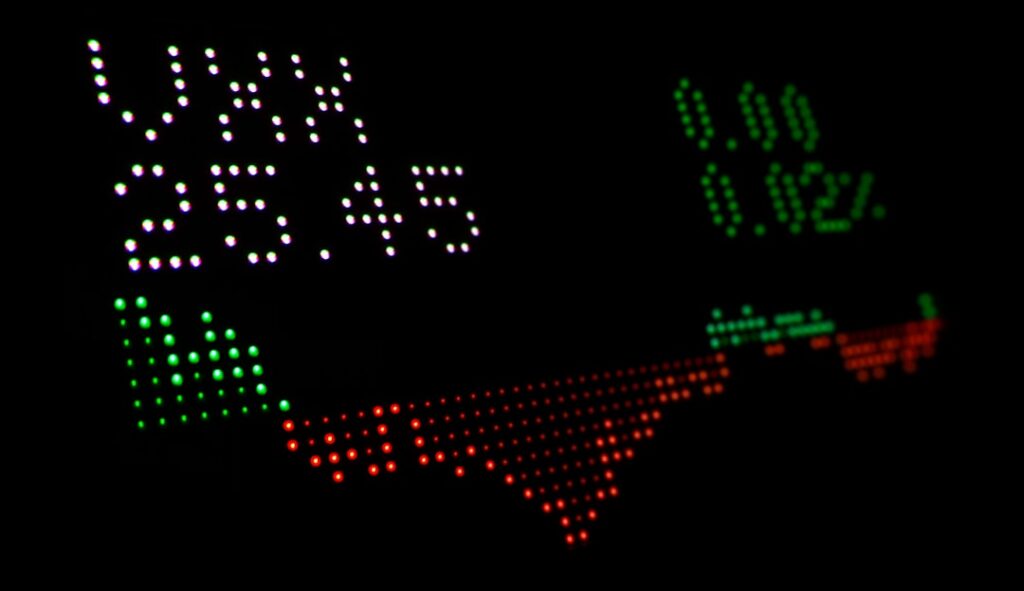Could the Dollar Bounce Back to 108? A Potential “Hawkish Cut” by the Fed Explained
The US dollar has seen its share of ups and downs recently, and now there’s buzz about it potentially climbing back up to 108 against a basket of other major currencies. The reason? Speculation that the Federal Reserve (the Fed), the US central bank, might make what’s called a “hawkish cut” to interest rates. But what does that even mean, and why should you care?
Essentially, a “hawkish cut” is a seemingly contradictory move where the Fed lowers interest rates (typically a dovish, or economy-stimulating, action) while simultaneously signaling that it’s not necessarily moving towards a prolonged period of easing. It’s like tapping the brakes slightly while still keeping your foot on the gas pedal. The Fed might do this if they’re concerned about short-term economic weakness but believe the long-term outlook remains relatively strong. Current market conditions, including stubbornly high inflation alongside some worrying economic indicators, have fueled these predictions.
For you, as a young person interested in finance, this is relevant for a few reasons. First, fluctuations in the dollar’s value impact everything from the price of imported goods (like that new phone you’ve been eyeing) to the cost of studying abroad. A stronger dollar generally means cheaper imports and more affordable travel to other countries. Secondly, understanding the Fed’s actions and their potential impact on the economy is crucial for making informed decisions about your own finances, whether that’s investing, saving, or even just budgeting. Finally, the concept of a “hawkish cut” highlights the complex and often counterintuitive nature of monetary policy, showcasing the delicate balancing act central banks must perform to manage an economy. So, keep an eye on the dollar and the Fed’s next moves – they could have a ripple effect on your wallet and the world economy.








